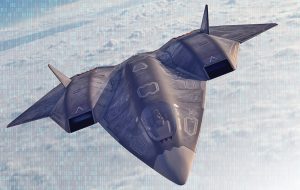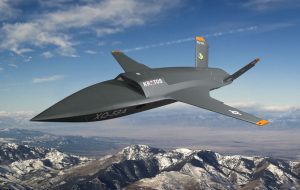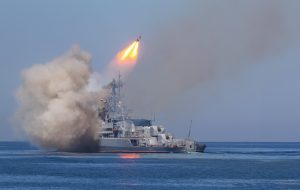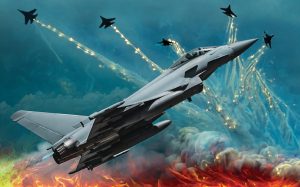No matter how times change, the principles of war as perceived by the renowned Chinese general and military strategist “Sun Tzu” in his book “The Art of War” remain relevant to our present day. His famous quote ” Water shapes its course according to the nature of the ground over which it flows; the soldier works out his victory in relation to the foe whom he is facing” has perpetually driven armies to design their strategies, ensuring that military power does not remain in a fixed strategic form.
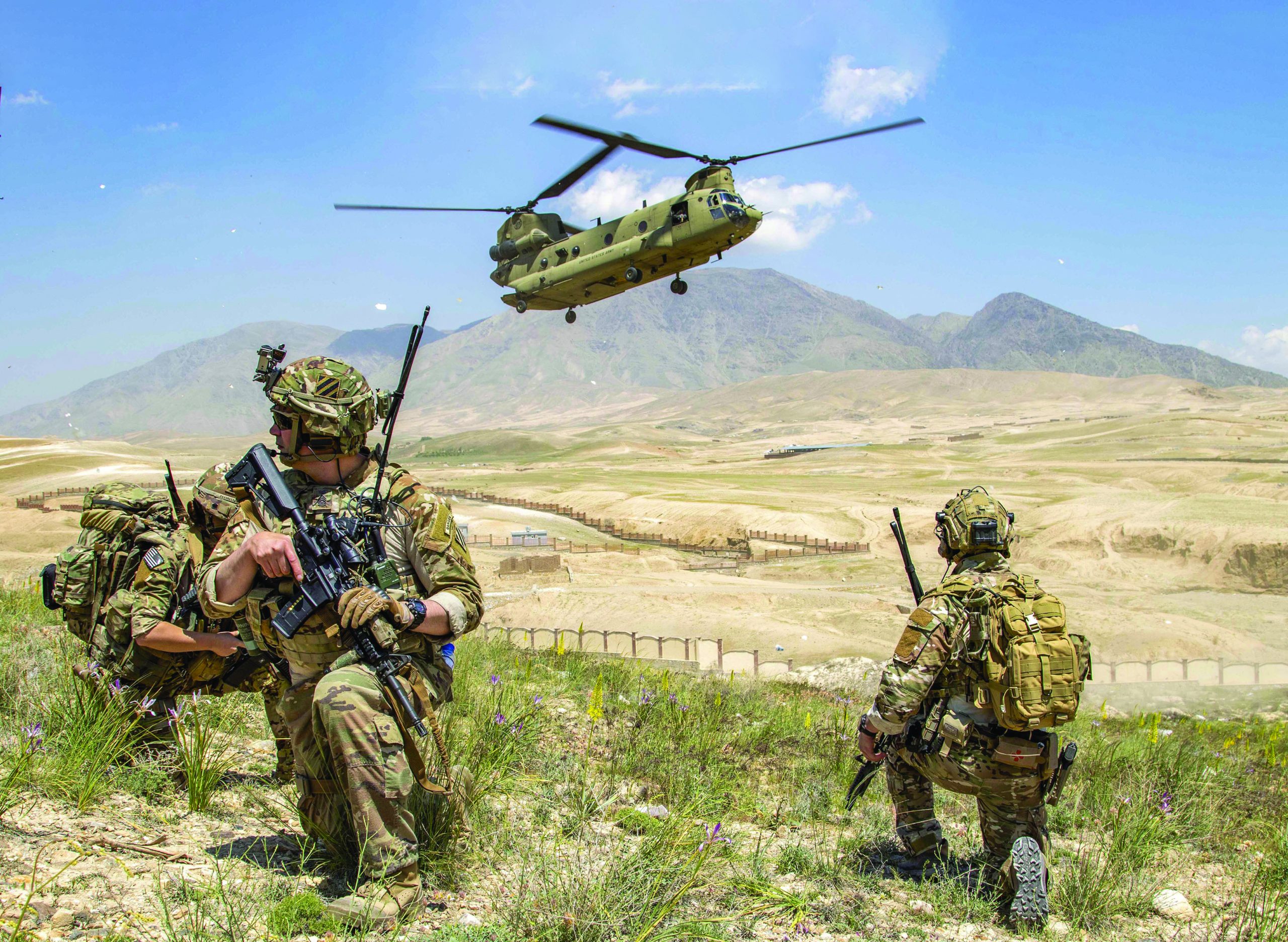
The final shape of military power is its lack of form, just as water lacks a fixed form. This is because a victorious strategy cannot be replicated, as anticipating the enemy’s reaction every time is impossible. In other words, adaptable and changing strength in accordance with the enemy leads to victory. This precisely encapsulates the concept of the Mosaic War.
Technological advancements over the past decades in the military domain have brought about significant changes in combat doctrines and army structures.
Groundbreaking innovations in robotics, artificial intelligence, nanotechnology, drones, and more have gradually replaced conventional soldiers on the modern battlefield.
This has led to a reduction in the number of military specialists in high-tech fields and the main objectives of military strategists and researchers became the creation of cost-effective opportunities to overcome adversaries, the desire for multi-dimensional protection and minimizing loss of life.
Moreover, complex and unforeseen events worldwide have altered the ways military conflicts are thought about and managed.
As a result, the United States deemed it necessary to establish a new conceptual framework for future military conflicts, as well as a strategic approach to achieve complete victory in any type of warfare.
According to a new report released by the Advanced Defence Research Projects Agency, the U.S. Army is being urged to adopt a new, adaptable, and flexible force design to eliminate individual points of failure. Such points include critical data links that could jeopardize U.S. forces in peer-to-peer combat scenarios.
Core Concept
Since Operation Desert Storm in 1991, competitors have systematically observed the American way of warfare. They studied the advantages and methods of the U.S. military, developing strategies and systems to counter those advantages and exploit weaknesses in the design of U.S. forces.
Faced with new challenges from China and Russia, both of which closely observed U.S. strategy in Iraq and Afghanistan and learned from it, the U.S. sounded the alarm about the risks posed by Chinese and Russian revisionist ambitions in its 2018 National Defence Strategy.
To confront these challenges, military planners aim to transform the design of the U.S. Army into a new force that can withstand and prevail in the conflicts of system warfare. Developing a new concept/strategy that brings together “all the puzzle pieces” of advanced technologies and coordinates them effectively against any potential adversary, is imperative to achieve swift and complete victory.
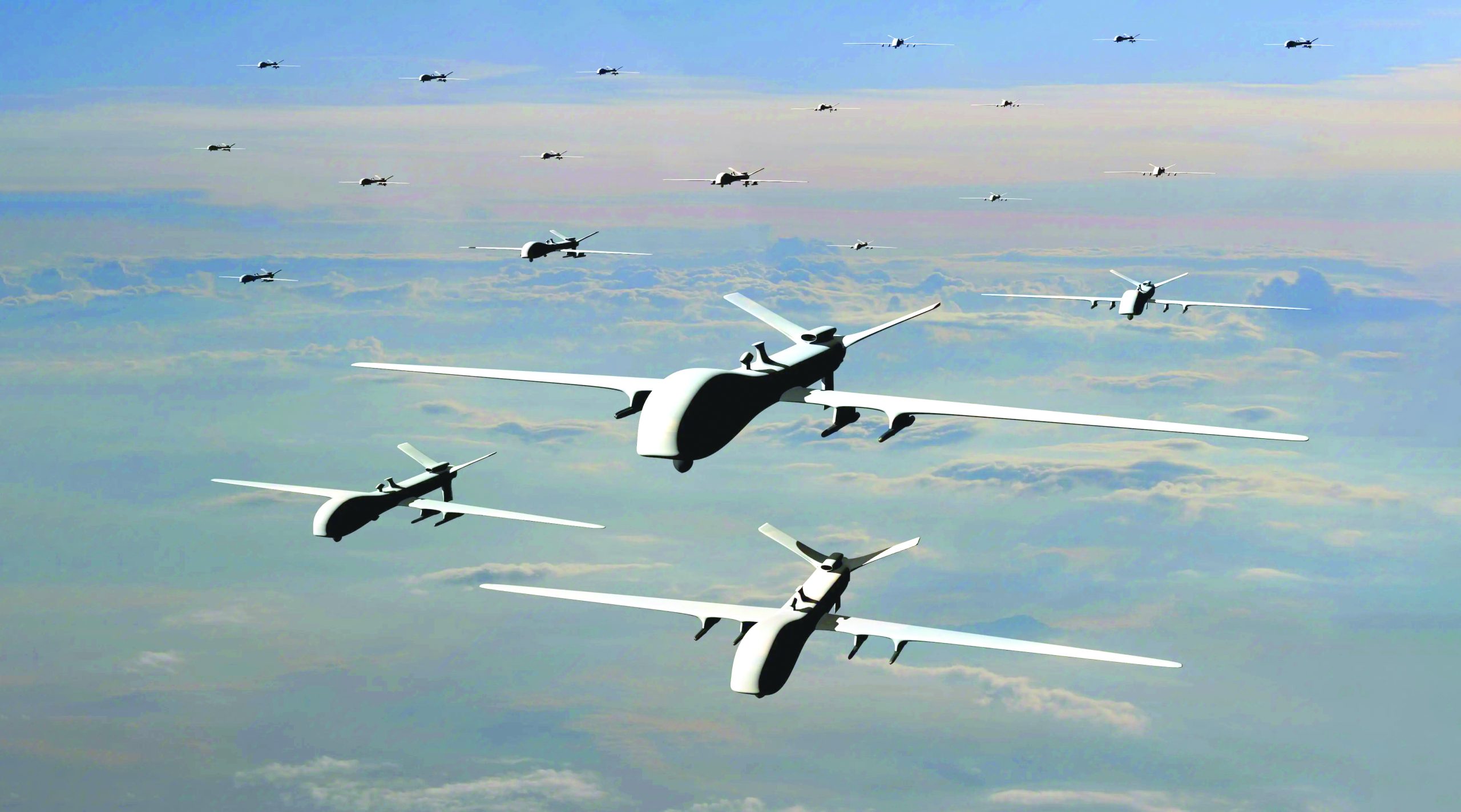
Key among these concepts/strategies are “multi-domain operations” and the “Mosaic War”. These aim to integrate the innovations of military science and art, advanced technology, operational methodologies, and structural organization.
The Mosaic War concept emerged as a way to wage warfare that harnesses the power of information networks, advanced processing, and classified functions to restore the American military’s competitive edge in peer-to-peer conflicts.
The Mosaic War design was developed to address future strategic environment requirements and current force limitations. The term “mosaic” reflects how elements of a smaller force structure can be rearranged into various configurations or displays of power, just like the diverse coloured tiles used by artists to create multiple images.
The mosaic force design utilizes various and categorized platforms in collaboration with available capabilities to formulate an operational system using highly flexible networks, exceeding the necessity for obtaining multiple kill paths, and rendering the system as a whole more survivable, thereby reducing the critical target value of any single node on the network.
Timothy Grayson, Director of the Strategic Technology Office at the Advanced Defence Research Projects Agency, states: “The army can spend its time developing weapons that are faster or more protective or deadlier than its competitors, but in the end, potential adversaries will come up with something to counter them.”
He adds that while spending more money and applying advanced technology to our weapon systems to stay ahead is an option, ultimately, it’s a losing proposition, as each step in this competition is more complex, challenging, costly, and time-consuming than the previous one.
Grayson emphasizes that a part of the mosaic concept is “recombining the weapons we already have today in new and amazing ways.”
The key to this is collective action, capabilities assessment, and enabling leaders to call upon effects that provide capability smoothly from sea, land, or air, depending on the situation.
The Concept of Mosaic War
The first to adopt and coin the term “Mosaic War” was Tom Brinz, former Director of the Military Technology Office at the U.S. Defence Advanced Research Projects Agency (DARPA). He defined it as a combat theory proposing that battles should be fought on a large, asymmetric, and unpredictable scale, using a diverse range of weapons and platforms of various categories, sizes, and types.
Each battle should be uniquely executed, like the tiles in a mosaic, potentially providing a decisive advantage compared to facing similar enemy weapons and platforms.
When attacking concurrently across a wide front and distributing your sensor and firing systems across numerous platforms, you can amass your firepower without needing to amass your forces, ie. concentrating firepower instead of troops.
The concept first emerged within DARPA, describing how to conduct multi-domain manoeuvres against adversaries possessing precision strike capabilities. Mosaic War places significant importance on viewing battle as an emergent and complex system, using low-cost swarm formations alongside electronic effects to overcome adversaries.
The central idea is to be inexpensive, rapid, lethal, flexible, and adaptable. Instead of constructing expensive, complex, and optimized munitions for a specific target, small unmanned systems are delivered with current capabilities in creative and evolving collections, which continuously benefit from changing battlefield conditions and emerging vulnerabilities. In essence, it’s a low-cost process that assembles a team of humans and machines, combining flexible swarm systems with strategic intuition that adversaries cannot match. When forces attack simultaneously from multiple directions, they create a series of dilemmas that cause the enemy’s system to collapse. Over the past two years, a unique collaboration between DARPA’s Strategic Technology Office and the U.S. Naval Academy has led to a series of wargame simulations to test this concept. Based on the initial results of this collaboration, the Mosaic War concept offers an applicable approach to moving forward in developing multi-domain formations and capabilities in the 21st century. To clarify further, traditional systems had to be homogenous, from fifth-generation fighters to aircraft carriers. Often these platforms were expensive, fixed, and challenging to adapt. They resemble jigsaw puzzle pieces, where each piece can only connect with an identical one. Therefore, the Mosaic War system was designed to be networked flexibly and configured rapidly to provide versatile operator capabilities. Any system (or unit) with specific functional characteristics can be integrated with others, offering the desired combat capability at the time and place chosen by the commander.
In summary, Mosaic War operations represent an “out of the box” perspective on decision-centric warfare. It aims to enhance internal decision-making processes while simultaneously undermining the enemy’s decision-making process.
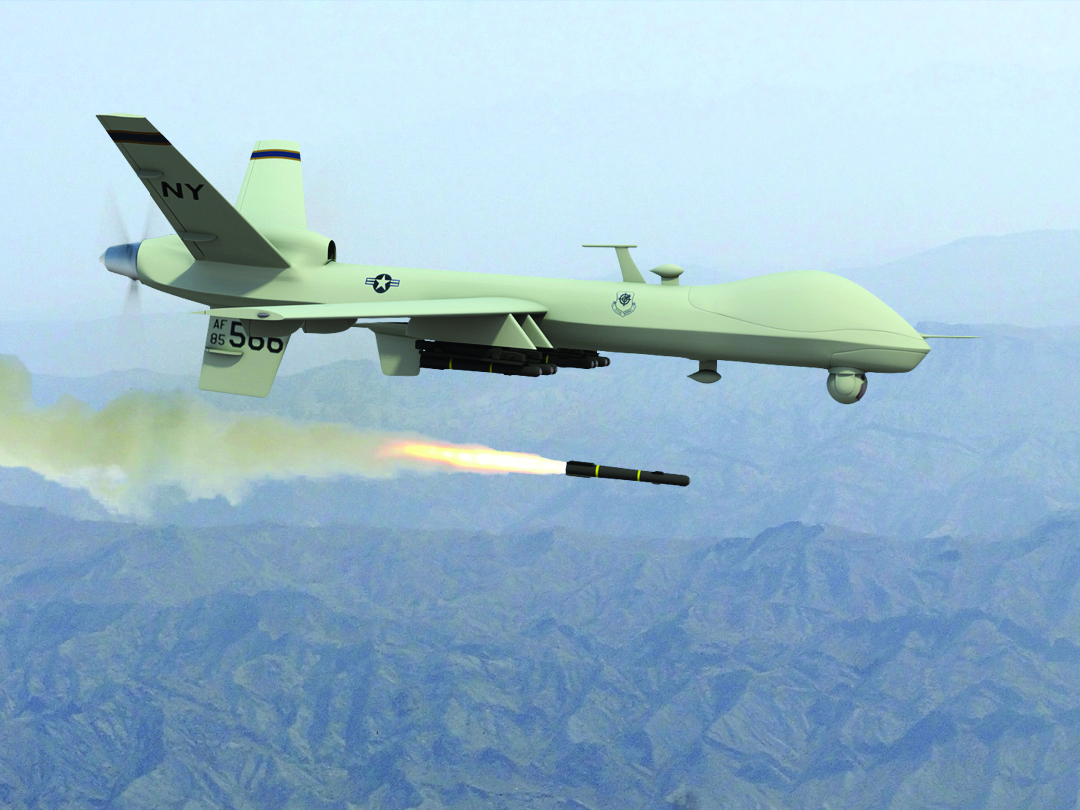
Move Like a Butterfly, Sting Like a Bee
Boxer Muhammad Ali famously said, “Float like a butterfly, sting like a bee.” This philosophy aligns closely with the concept of Mosaic War. In traditional warfare, the kill chain is defined by the OODA loop, which stands for “Observation, Orientation, Decision, and Action” – the steps necessary for observing a target, orienting towards it, making a decision, and executing the action.
However, in the mosaic operational construct, the point-to-point kill chain is replaced by a network of sensor nodes that gather, prioritize, process, and share data.
This data is then integrated into a shared operational picture that is continuously updated instead of tightly integrating all these functions into a single expensive platform, such as the F-35 fighter.
In Mosaic War, these functions are categorized and distributed among numerous manned and unmanned aircraft that share data and process functions across a dynamically changing network.
The concept of Mosaic War seeks to move beyond the designs of individual systems and unique inter-service operational standards to develop operations and tools that rely on reliable communication between recognized entities, providing limitless potential to impact tactical, operational, and strategic decision-making levels.
Mosaic War is a new approach to warfare with several advantages:*
1. Cost-effectiveness: It requires fewer resources compared to other strategies.
2. Unpredictability: The high number of possibilities makes it difficult for the enemy to predict future events.
3. Flexibility and Adaptability: Similar to human immune system properties.
4. Ability to Add Unexpected Elements: Highly effective unexpected elements can be added to the battle engagement.
5. Use of Low-Cost Swarm Formations: Alongside other electronic and cyber effects to overcome adversaries.
However, there are some drawbacks to Mosaic War as well:
It can be relatively challenging to control the Mosaic War system. There’s no central authority, and there’s a large number of platforms to direct. Coordinating all the different attacks might be difficult, leading to confusion and errors, necessitating strong communication due to the classified nature of these systems. Rapid and specialized responses are also necessary to counter a wide range of potential threats. If not executed correctly, this strategy could have unintended consequences and offer the enemy an opportunity for a counterattack.
The Future of Mosaic War
The Defence Advanced Research Projects Agency (DARPA) envisions an ambitious future for Mosaic War, seeing it as a combat philosophy and means to significantly accelerate capability development in the field.
Mosaic War requires a more fragmented, diverse, and dynamic force across tactical timelines to deliver unique force packages to surprise and defeat adversaries. Consequently, Mosaic War requires a departure from focusing on slow-evolving, homogeneous platforms and emphasizes simpler force elements that can be rapidly developed, deployed, and integrated into mission execution. According to the Office of Strategic Technology, the concept of Mosaic War envisions a U.S. force characterized by three attributes:
1 Fractionation: Fractionation refers to how military force capabilities are concentrated on specific weapon platforms. A homogeneous or non-fractionated force provides a large number of capabilities and functions on a single platform. For example, the F-35 is a homogeneous platform with sensing, firing, command and control, and electronic warfare (EW) capabilities integrated into one platform.
2 Heterogeneity: Heterogeneity refers to platforms in the military force possessing diverse and distinct capability sets. In a non-homogeneous force, core system capabilities will share fewer common denominators, allowing for greater diversity. For instance, the same electronic warfare effect might be delivered by a remote-controlled drone, a balloon, or a low-cost cruise missile. Mosaic War envisions a more diverse and distinctively varying U.S. force.
3 Composability: Composability refers to the extent to which force elements can be dynamically combined in various ways to deliver operational effects. A non-composable force is heavily constrained by predefined kill chains, while a highly composable force eradicates the notion of fixed kill chains, enabling the formation of dynamic kill chains from available force elements at mission execution. Mosaic War envisions a more composable force, aided by artificial intelligence decision-making during mission execution. In terms of operations, proponents of Mosaic War expect that diversity, fractionation, and composability will enhance the adaptability, scalability, and unpredictability of U.S. forces.
By: Retired Colonel Eng. Khaled Al-Ananzah (Advisor and Trainer in Environmental and Occupational Safety)



